On August 15 2021, the world watched their television screens, news applications and listened to radio broadcasts – the Taliban had taken Kabul. The future of Afghanistan was covered with question marks and was now, seemingly under the control of the Taliban – repealing 20 years of war and occupation by America. For many people, especially women, the return of the Taliban saw a wave of anxiety and concern about what the future may hold. For many, it was a return to square one. What’s it like for women traveling to Afghanistan?
Three years later, Afghanistan has experienced a myriad of changes catapulted by August 2021 – women were banned from many areas of public life including secondary school, universities, parks, mosques and government roles and NGOs. On the other hand, the Taliban bought with its insurgency a sense of stability Afghanistan had been deprived of over the last 50 years.
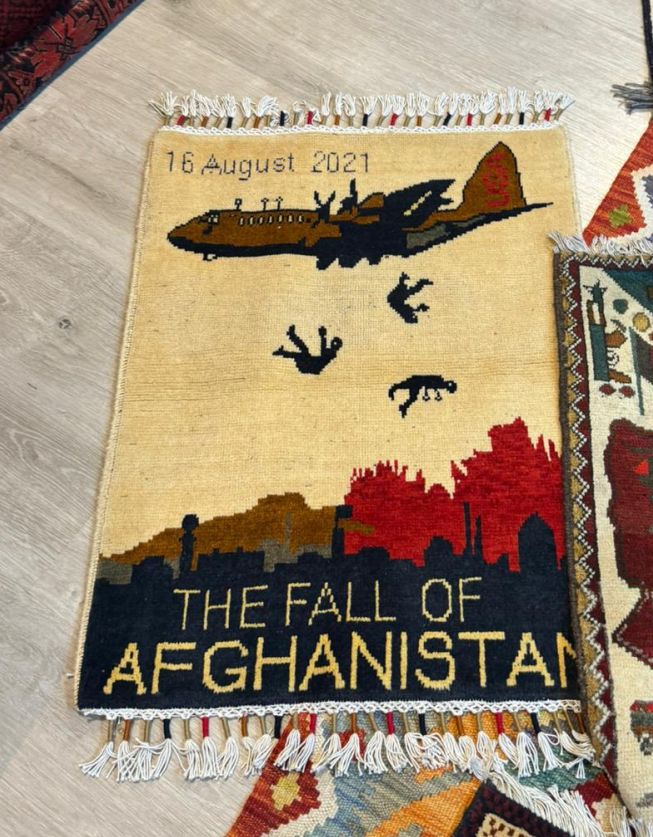
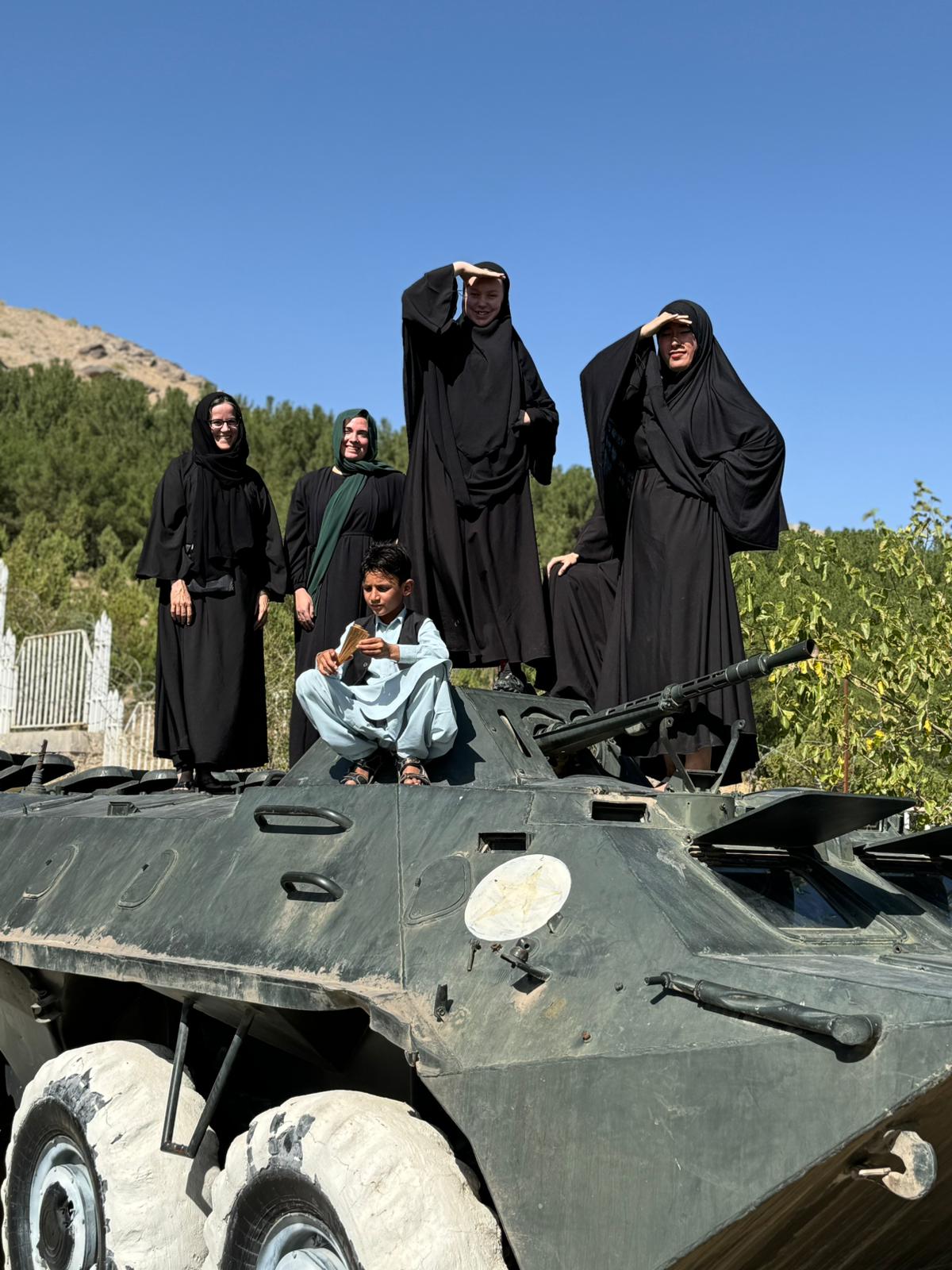
Flying to Kabul – Afghanistan
In the Islamabad airport, a group of 6 women and myself were preparing to board a plane to Kabul – where we would begin our Afghanistan portion of the third installment of the Women’s Tour to Afghanistan, ran by Young Pioneer Tours, who pioneered women traveling to Afghanistan through operating women’s only tours to Afghanistan. We had just spent some days in Pakistan, obtaining the visa at Peshawar from the Taliban in brown Burkas and preparing for our travel to Afghanistan.
We have the option of joining a women’s only tour to Afghanistan as the experience of men and women are starkly different in a country where culturally and now legally, the relationship between men and women are separated along the lines of gender.
Women traveling to Afghanistan will experience things much differently than male tourists who are mostly able to visit mosques. Women traveling to Afghanistan may also find it difficult to be let into some public areas such as national parks. However, I offer the positives of women traveling to Afghanistan as a part of an all-female group – people are incredibly kind and we are able to interact with local women, hear their raw stories in a way that culture would not allow men to experience the same.
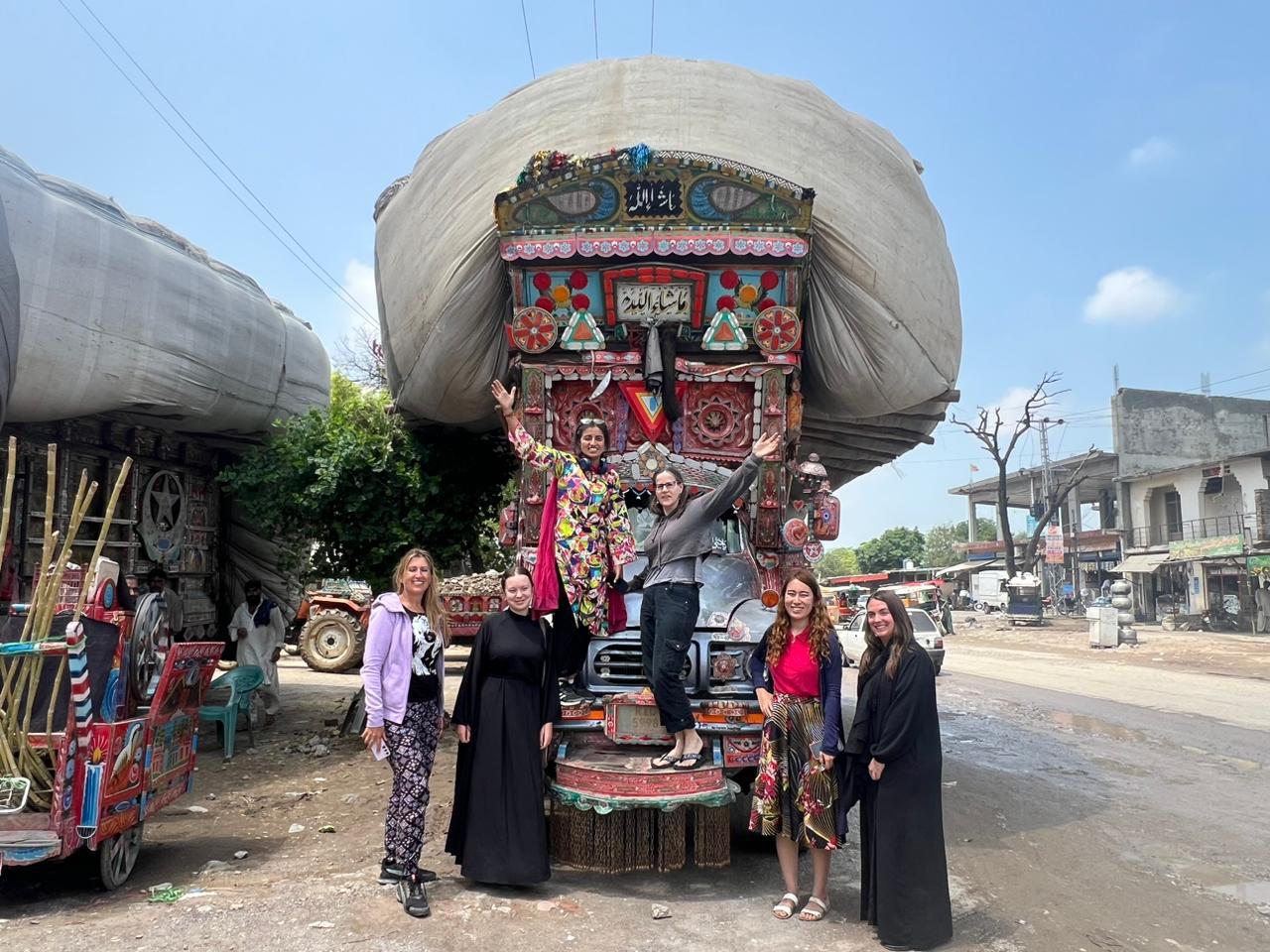
Many were nervous about the prospect of travelling to Afghanistan – a country with a severe reputation – but were brave enough to take a chance and see for themselves the true face of Afghanistan. We didn’t even need to reach Afghanistan for this to begin.
While sitting at the gate in our matching black Chadors and abayas, a brother and sister with their mother had approached us. We had chatted briefly inline at the check in counter and they had found us at the gate and quizzed us about our travel to Afghanistan. Whether we had been before, where we will travel to, what food we will try. Within two minutes of conversation, they had invited us to their house in Mazar so that their mother, who had just come out of surgery in Pakistan, could cook a homemade meal for us.
The kindness of an Afghan and their selflessness knows no bounds – it is not constrained by material needs, differences in livelihoods or religion.
Is it safe for women traveling to Afghanistan?
They told us about how Afghanistan was now completely safe for travel and that the Taliban had brought with them safety and security. It is partly true – with the withdrawal of America and their troops civil fighting, bombs and terror attacks had been reduced significantly from the days of American occupation and are now limited to uncommon lone wolf attacks and the small presence of ISIS within the country. This has allowed for tourism to resume, albeit slowly.
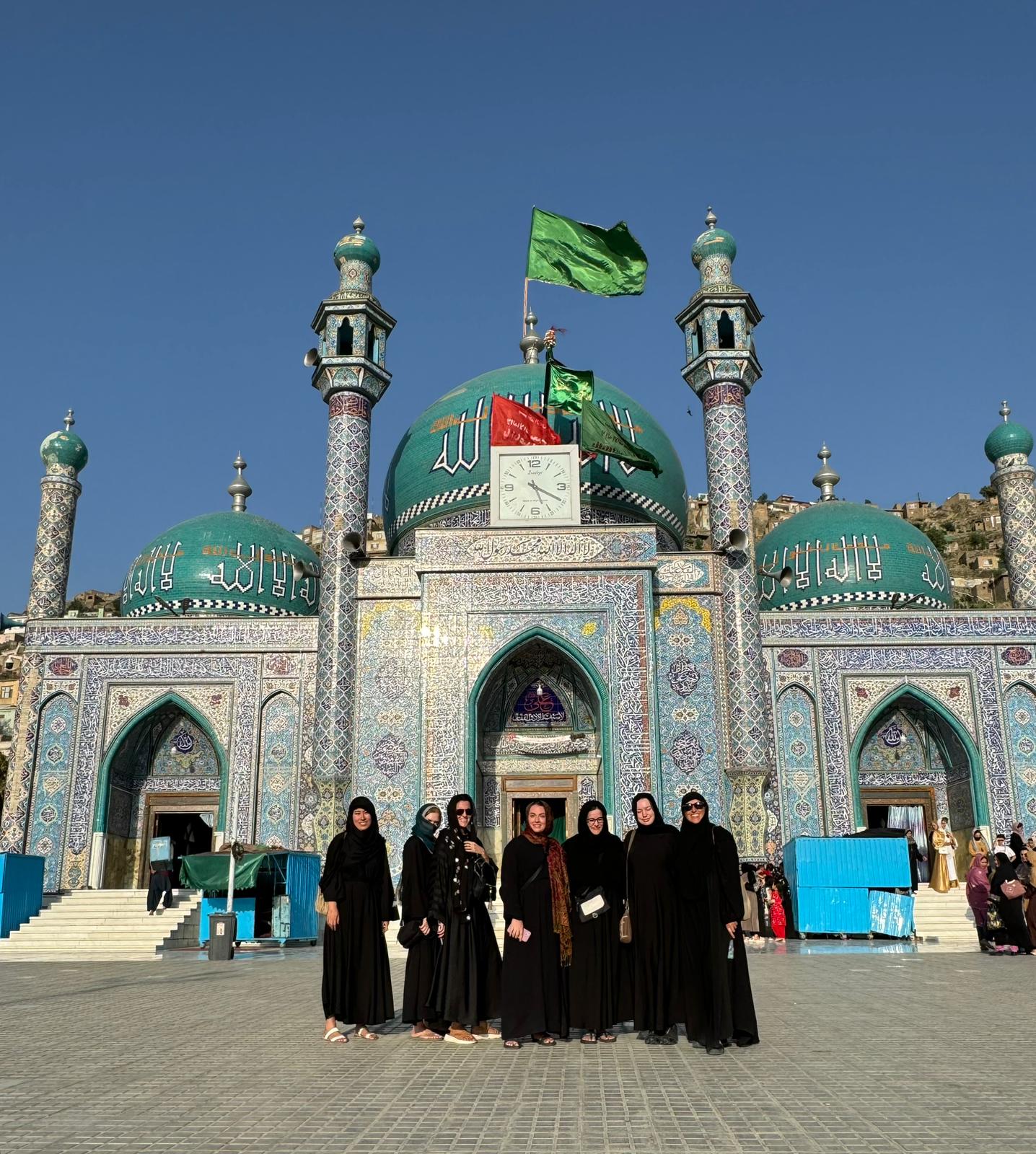
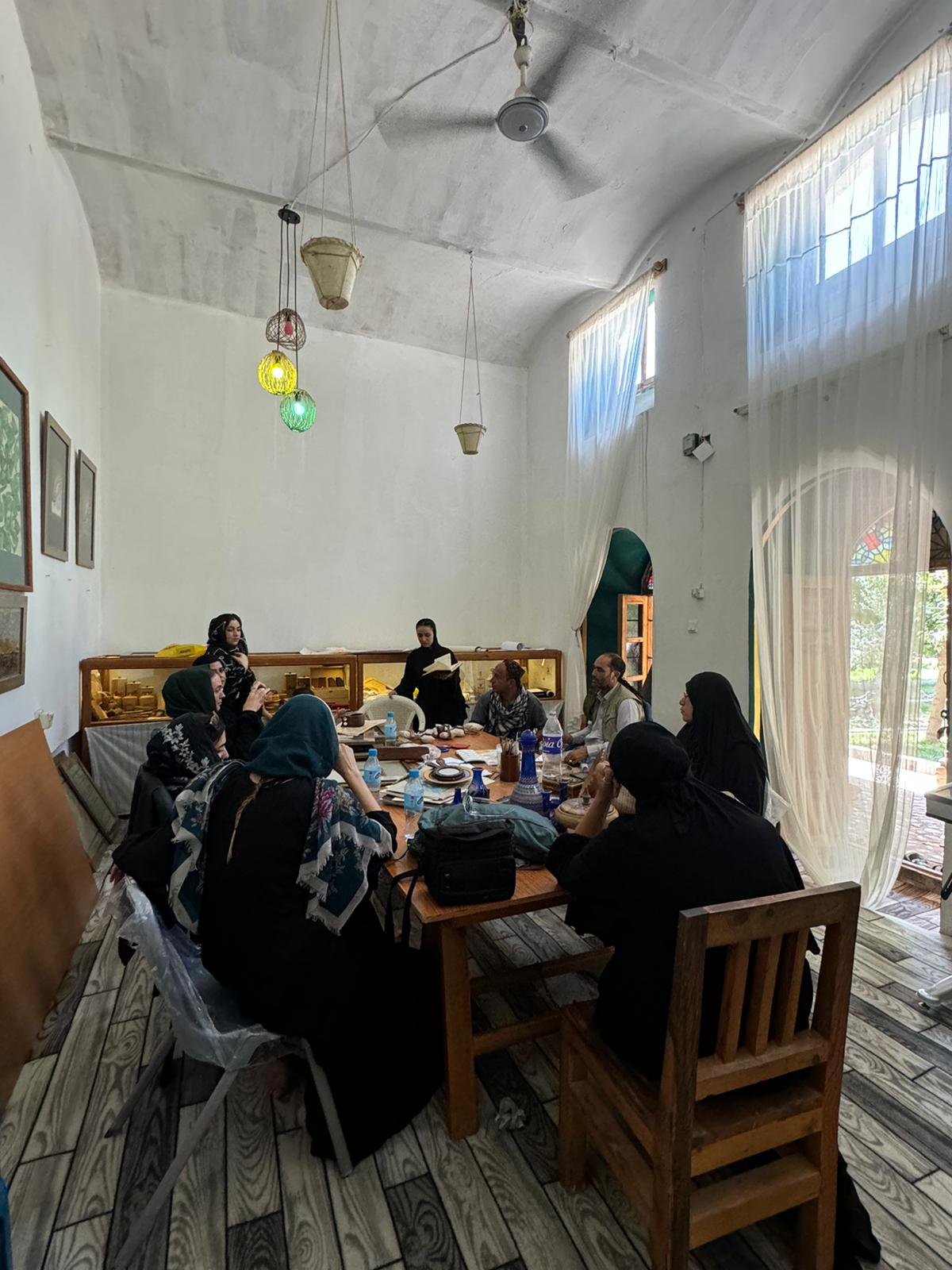
We continued onto the plane, where the check in staff marvelled at how beautiful we looked now in our chadors compared to our long and loose Pakistan clothing we wore while picking up our boarding passes.
Many of these statements followed – “Afghanistan is now safe”, “we have no crime here in Afghanistan”, “you will be safe here, I will make sure of it”.
Tourism is welcomed in Afghanistan – it acts as a sign of hope that things are steady and life is returning to a sense of normality most Afghans have never seen.
However, one question remained for our group unanswered. What about the women?
Throughout this tour, we had a lot of interactions with the general public and with the Taliban in Kabul, the Salang Pass, Mazar-I-Sahrif and Herat who always welcomed us with curiosity and open arms. Foreign women traveling to Afghanistan seemed to enjoy some luxuries or curiosity driven kindness that was perhaps not available to local women.
We also saw glimpses of the hardships of women. While attempting to enter the Blue Shrine in Mazar-I-Sharif, we saw niqabi women clinging to the fence of the compound reciting prayers. We also saw small, older, burqa-clad women begging with the male gate keepers to let them in, to let them into the shrine to pray. We saw parks completely vacated of women – creating an eerie, lonesome atmosphere.
In the Barbur Gardens in Kabul, our guide recalled that his whole extended family used to come to the park on a Wednesday evening. They would bring food cooked from home and games. The park would be full of families and vendors lined the paths selling toys, snacks and juices. Now, the park was eerily quiet. We saw just a singular stall open. The women’s market had been shut – in many ways it felt like the presence of women had been eradicated from the public sphere.
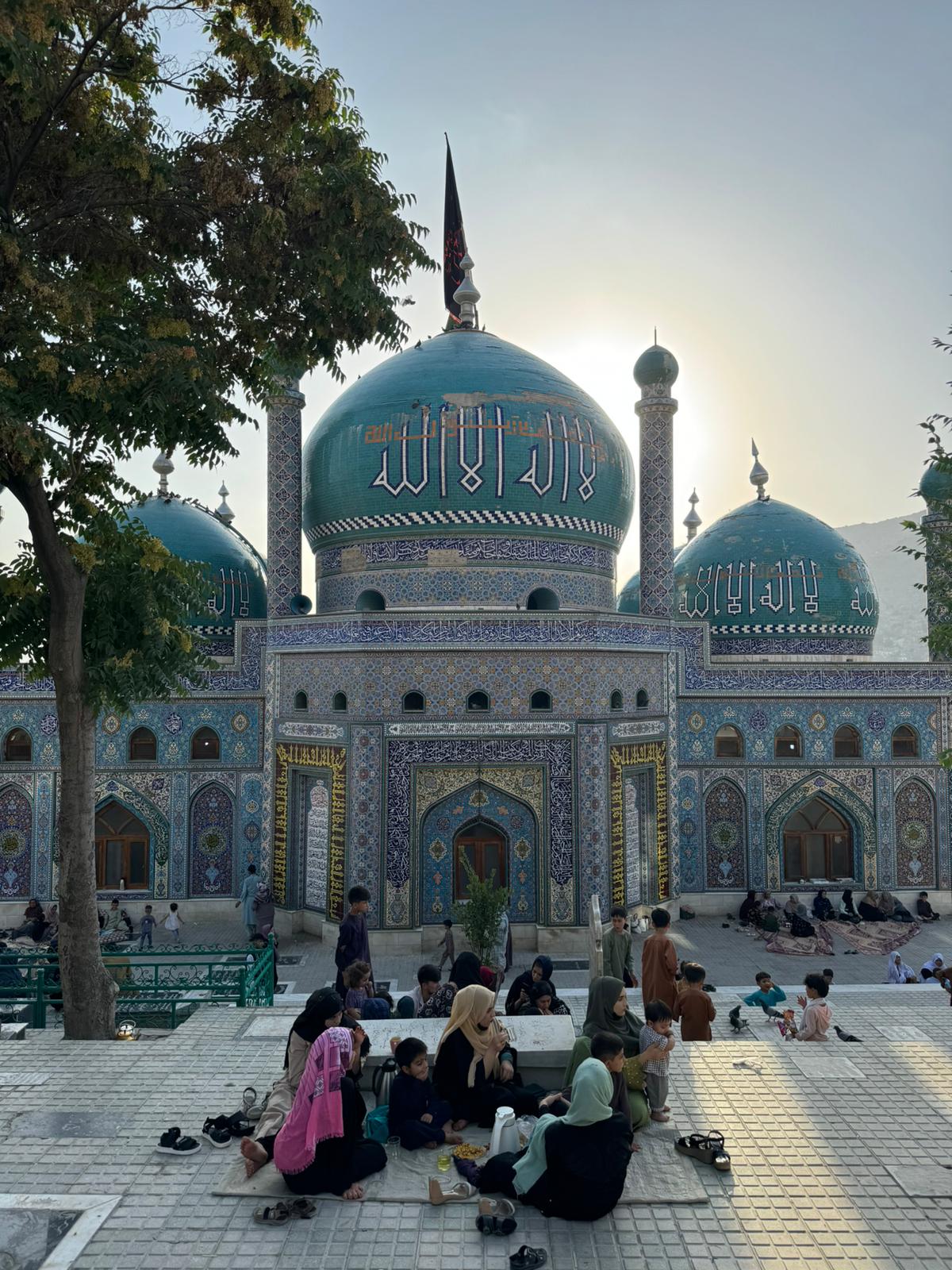
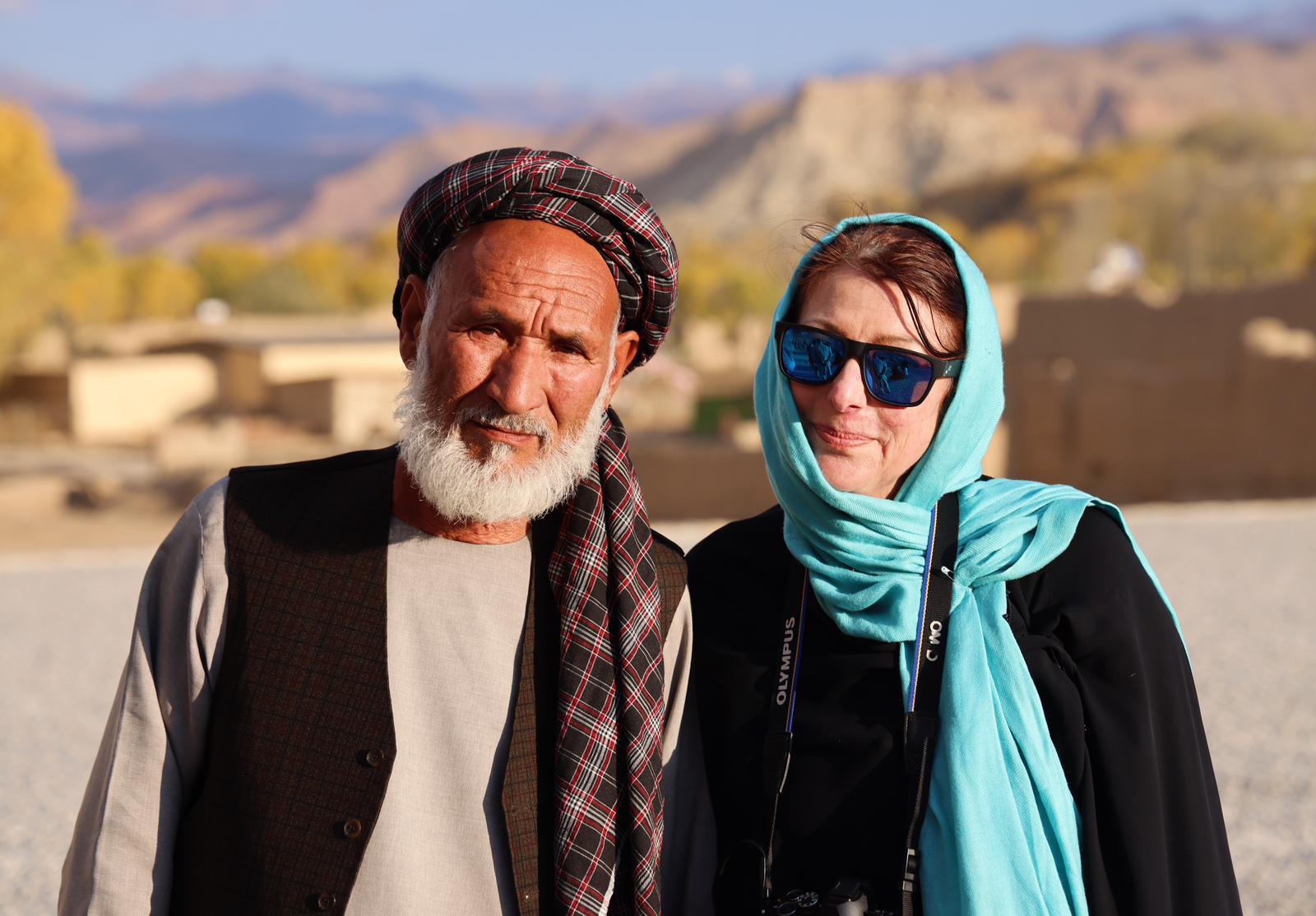
However, this is not true at all. The biggest advantage of travelling with an all women group to Afghanistan was that we had the power to interact with women in a way that an all-male group or a mixed group would not be able to.
Hardships for women in Afghanistan
We listened to the stories of three young women – who were just months away from graduating university before they were banned from attending. We listened to their hardships – how they strived for education despite being beaten, threatened and abused by their male relatives. We listened to the risks they take to ensure other young girls do not give up hope – we read their grassroots research articles, cried at their poetry and marvelled at their resistance art they created.
We cried again while listening to their devastating stories of being present during bombings at their university, the lack of support from their families and their fight against arranged marriages their families are pushing upon them.
We met with a UN worker who had been in country for almost two years. She explained the way she sees Afghanistan – we discussed the situation for women, country stability, the role of sanctions, her personal experiences in Afghanistan and so much more.
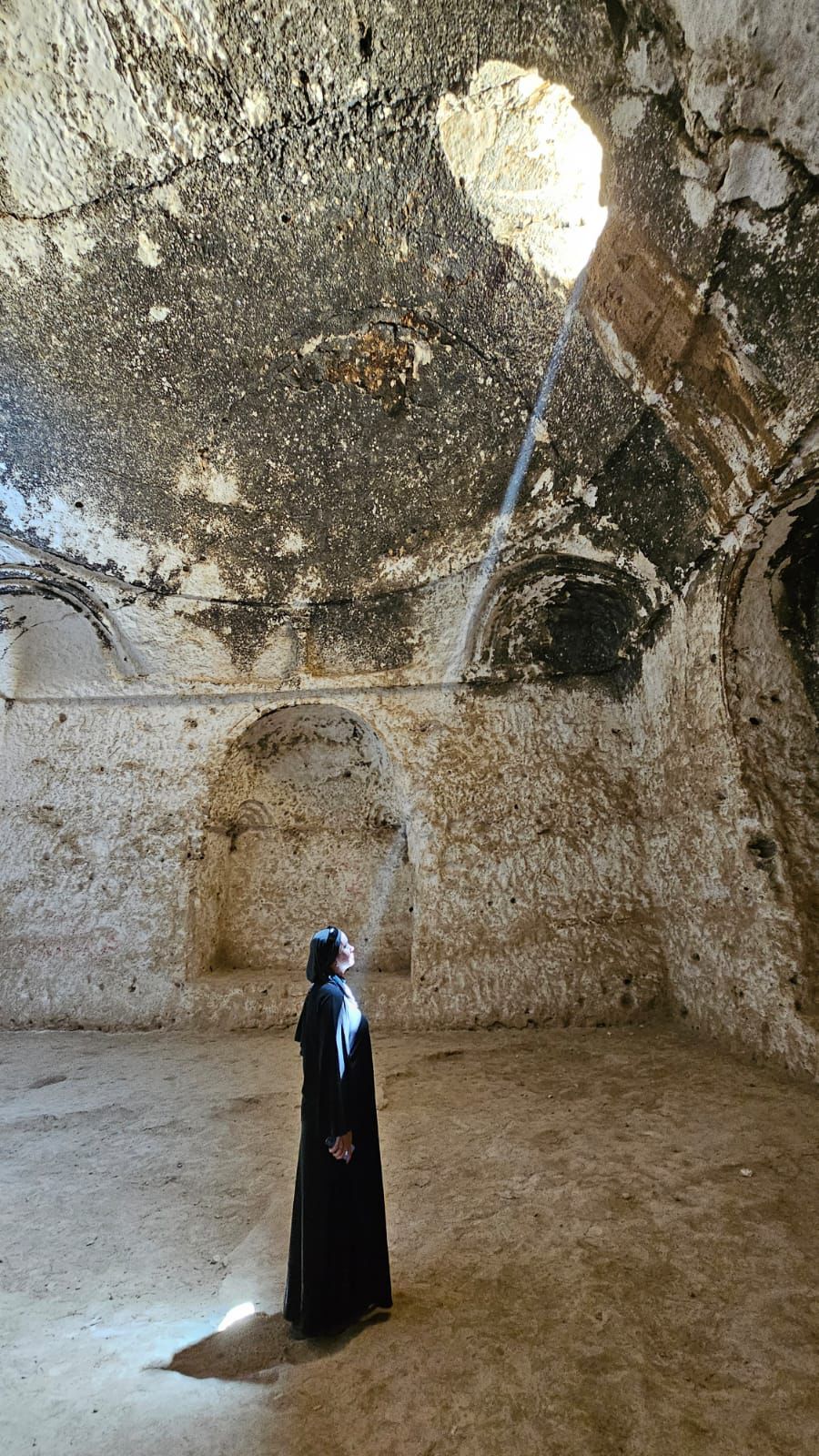
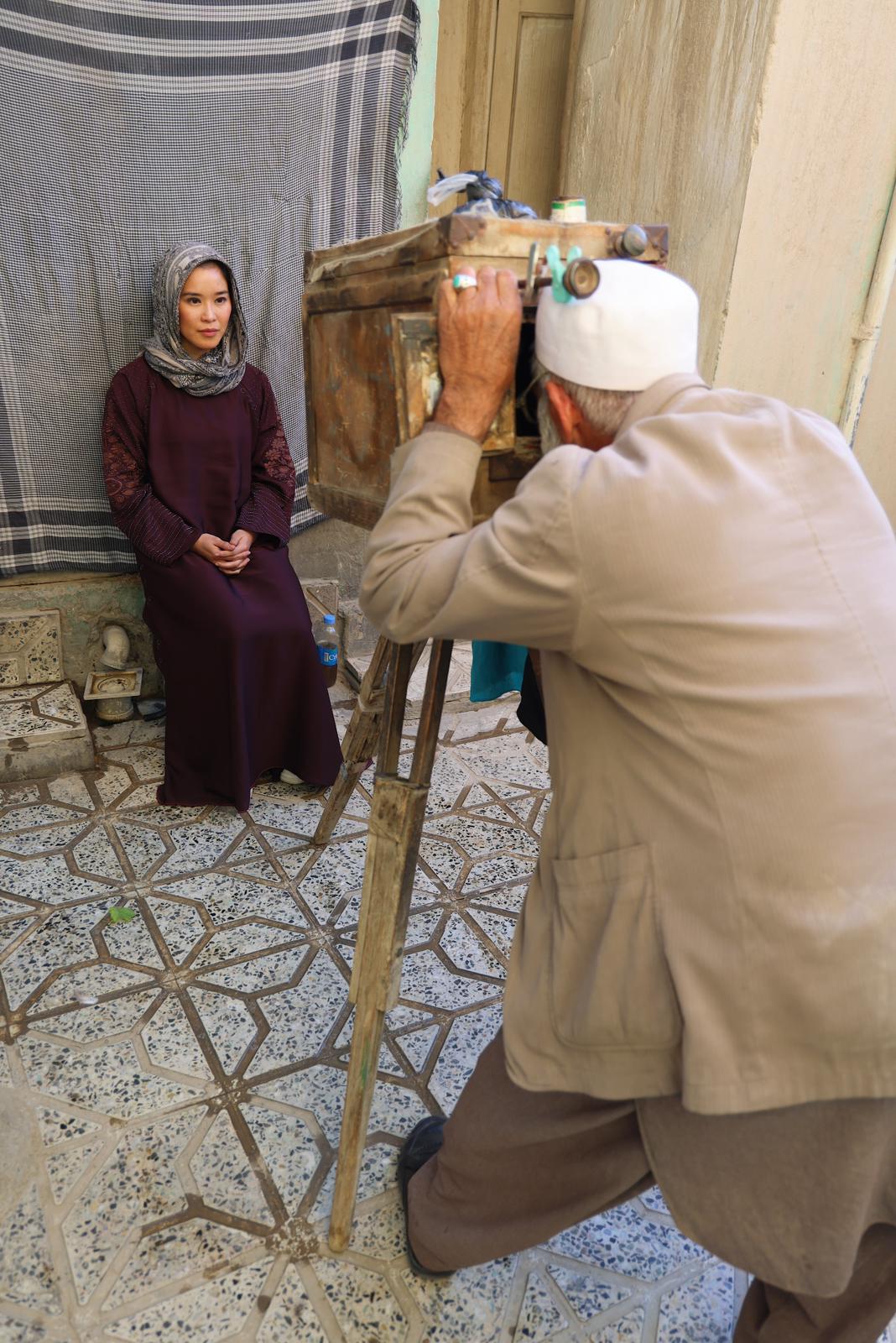
At the airport, we had a similar encounter with a worker of the International Organisation for Migration (IOM) – he told us he had never seen women traveling to Afghanistan – let alone a female tourist group in his three years stationed in Afghanistan.
We visited a woman’s only art centre where they sold paintings, calligraphy, woodwork, jewellery and pottery created by at least 80 women. The women were able to have some limited financial support through their art and some (constrained) independence.
After 7 days of visiting historical sites, ruins, souqs and mosques, we departed the country with mixed feelings of necessary sorrow, hope and intrigue. We reflected upon our privilege in our experience and on the opportunity to learn first-hand about lives starkly different from our own.
To the Afghanis we had the opportunity to meet, you have taught me things I would have never else comprehended, displayed strength where I would crumble, showed me hospitality in the gravest situations, and have always loved despite obstacles. Your struggles are not forgotten, your message of hope will not shrivel, and your beauty will be forever admired.





